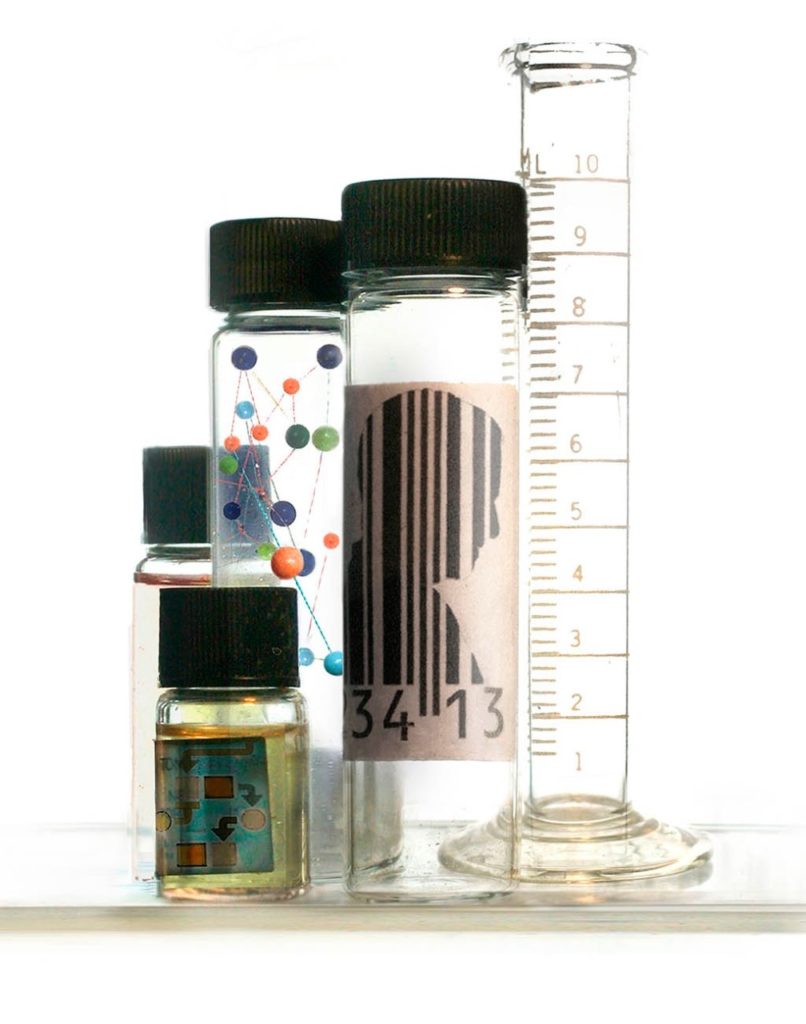Banking biology
Next-generation biobanking is bridging the gap between research and patients

There’s a new bank at Stanford that scientists are using to store some of their most coveted resources — and it’s got nothing to do with money. This is a biobank, a repository of biological research specimens, such as tissue, saliva, blood and stool.
The facility holds data from nearly 200 research projects, all of which harness biological samples to probe the molecular roots of disease, understand disease progression or develop treatments.
Biobanks are not new, but in 2017 Stanford Medicine revamped its approach, adding new on- and off-campus freezer storage and streamlined sample tracking systems that capture clinical data annotations in real time. Another addition: a secure portal allowing scientists to share and access data from different samples and freely apply it to their research. For now, only Stanford scientists can access the samples and data, which are stripped of personal patient information to protect privacy.
It’s an unconventional approach for academic medical organizations, said Rohit Gupta, who co-founded the biobank with Mark Cullen, MD, senior associate dean for research.
“The new biobank is right at the crossroads of patient care and molecular data,” said Gupta, who has since begun serving as chief biobank officer at UC-San Francisco. “The goal is to bridge the gap between clinical care and research.”
The Stanford biobank enabled Anne Chang, MD, associate professor of dermatology, to pursue a new avenue of investigation. She runs the high-risk skin cancer clinic, and in her work, she takes samples of patients’ skin to monitor their conditions.
But Chang wanted to get a more precise sample analysis by sussing out the molecular details of single cells. As a Stanford postdoc, Ansuman Satpathy, MD, PhD, co-developed a tool that enabled this research with graduate student Kathryn Yost in the lab of Howard Chang, MD, PhD, professor of cancer genomics and of genetics.
“The new biobank is right at the crossroads of patient care and molecular data. The goal is to bridge the gap between clinical care and research.”
“With many of those skin cancer biopsies just sitting around, there was a big missed opportunity for deeper analysis,” said Anne Chang. She and Satpathy wanted to apply the technology to her samples but neither had labs and personnel to conduct that work.
“It wasn’t feasible for one lab to get the samples from the clinic and process them day and night as patients come in — especially in a way that enables smooth downstream analysis,” said Satpathy, who is now an assistant professor of pathology at Stanford.
Biobank staff helped with that, making possible the examination of hundreds of samples to reveal more about how immune cells infiltrate skin cancer tumors and respond during immune-based treatments.
Dozens of other scientists entrust the facility with the seeds of their research: Using blood samples, Mark Davis, PhD, professor of microbiology and immunology, probes human immune function, using “disturbances” such as the flu vaccine to uncover system-level details of immune biology.
Jennifer Frankovich, MD, clinical associate professor of pediatrics, uses blood samples to understand pediatric acute-onset neuropsychiatric syndromes, which can change the personality and behavior of a child within days. There’s also discussion of using the biobank to host miniaturized living organ models, known as organoids, to enable scientists to better understand tissue-specific diseases and treatments.
“It’s almost like you’re working with another academic lab,” said Satpathy. “It’s that type of true collaboration, with both parties equally invested, and that’s what makes this biobank such a valuable resource.”

